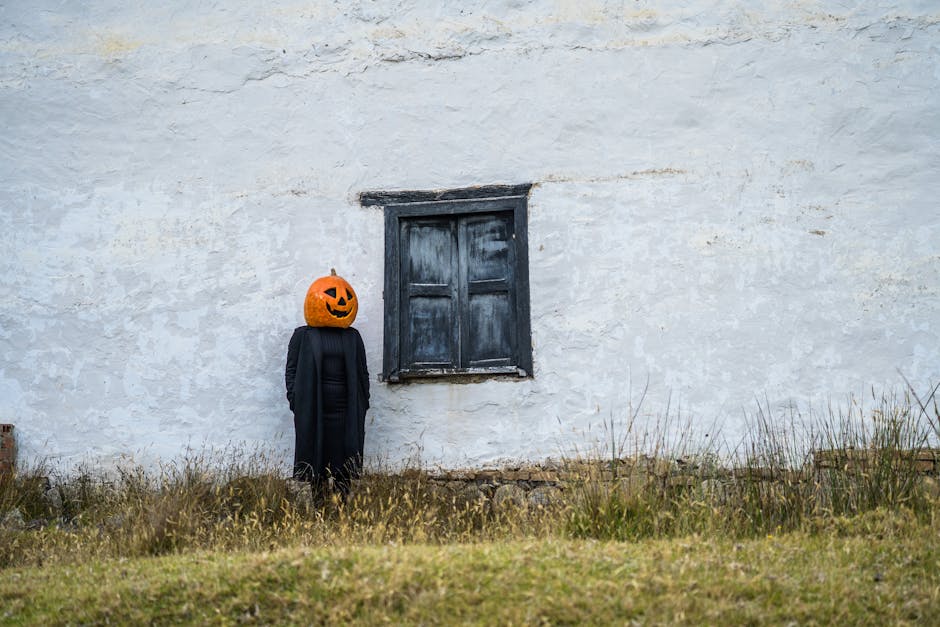Why the Hook Man Urban Legend Still Terrifies Generations
The Hook Man legend has terrified generations, becoming one of the most well-known urban legends in American folklore. This chilling tale tells of a young couple parked in a secluded area, only to be warned of an escaped killer with a hook for a hand. As the story unfolds, they hear scratching noises or discover the hook embedded in their car door, leaving them shaken and lucky to have survived. The specifics may differ, but the central threat remains constant, an invisible danger waiting to strike when least expected.
These urban legends endure because they exploit deep-seated fears of isolation, helplessness, and unseen dangers. The Hook Man legend has changed over the years, reflecting shifting cultural fears while remaining just as terrifying. Whether passed down around campfires or depicted in horror films, it continues to captivate audiences. But what makes this particular story so enduring? Its origins, psychological impact, and role in popular culture all contribute to its lasting presence.

Origins and Evolution of the Hook Man Legend
The Hook Man story first gained widespread popularity in the 1950s, a time when fears about teenage rebellion and morality were at their peak. Though similar tales existed earlier, this version was often told as a cautionary tale warning against reckless behavior. The idea of an escaped killer stalking young couples resonated with societal concerns about unsupervised youth engaging in risky activities.
Some folklorists trace elements of the story back even further. Legends of hook-handed villains appear in European folklore, including tales of pirates or disfigured criminals seeking revenge. However, the modern version likely emerged alongside increased media coverage of violent crimes in post-war America. The fear of an unknown assailant waiting in the dark mirrored real anxieties about rising crime rates.
Over time, variations of the legend surfaced across different regions. Some versions include police warnings broadcast over the radio about an escaped asylum patient. Others end with blood dripping from the car handle or deep gouges left on the vehicle’s exterior. These adaptations help keep the story relevant as new generations discover and retell it.
Psychological Impact and Fear Appeal
The success of urban legends like The Hook Man lies in their ability to trigger deeply ingrained fears. This story taps into the fear of solitude and the unsettling presence of an invisible threat. The setting (a quiet, remote location) adds to the sense of vulnerability, making listeners question their own safety in similar situations.
Psychologists explain that stories like these serve as social conditioning tools. By instilling fear around certain behaviors (such as staying out late or straying too far from safety) they reinforce societal norms and cautionary lessons. The Hook Man legend serves as a cautionary tale, linking danger to teenage recklessness, particularly in defying rules or engaging in forbidden behavior.
Suspense is essential to what makes this story compelling. Unlike straightforward horror stories where a monster attacks outright, this legend builds tension through eerie sounds, missing clues, and near encounters with danger. The lack of closure, what if they hadn’t left in time?, leaves room for lingering fear long after the story is told.
The Hook Man in Popular Culture
This terrifying legend has been referenced countless times in movies, television shows, and literature. One of its earliest cinematic appearances was in horror anthologies where urban legends were dramatized for wider audiences. It also inspired numerous slasher films featuring killers with distinctive weapons or appendages.
The 1998 film Urban Legend included a direct reference to The Hook Man myth during its opening sequence. In television, shows like Supernatural have dedicated entire episodes to reimagining it for modern audiences. Even outside horror media, references appear in comedy sketches or children’s Halloween specials.
| Media | Reference to The Hook Man |
|---|---|
| Urban Legend | A scene directly reenacts the classic version of the story. |
| Supernatural | An episode features a vengeful spirit modeled after The Hook Man. |
| The Simpsons: Treehouse of Horror | A parody segment includes a hook-handed villain attacking characters. |
This story remains relevant across different entertainment mediums, introducing it to each new generation. Whether retold as an urban myth or adapted into fiction, its themes remain universally unsettling.
The Modern Relevance of Urban Legends
Digital storytelling has reshaped the way urban legends circulate. Rather than sharing stories in person around campfires or during sleepovers, people now often discover them on internet forums and digital posts. Creepypasta stories (modern internet horror folklore) serve as a digital evolution of traditional legends like The Hook Man.
This legend also persists because it reflects ongoing fears about personal safety and unknown dangers lurking nearby. Stories about strangers following people home or mysterious figures appearing late at night are still common warnings shared online. Though society has changed dramatically since the 1950s, fundamental fears remain unchanged.
- The fear of being alone in an unfamiliar place.
- Anxiety over unseen threats lurking nearby.
- Mistrust towards strangers who seem out of place.
- The idea that ignoring warnings can lead to dire consequences.
The adaptability of urban legends allows them to stay relevant even as technology advances and cultural fears shift. Whether passed down through oral tradition or rewritten for modern audiences online, stories like The Hook Man continue to capture imaginations and stir unease.
The Hook Man legend remains compelling because it adapts over time while preserving its central themes of fear, isolation, and vulnerability. It remains embedded in popular culture, continually reemerging with each new retelling. As long as people seek cautionary tales that blur reality with fiction, this chilling myth will continue haunting those who hear it.